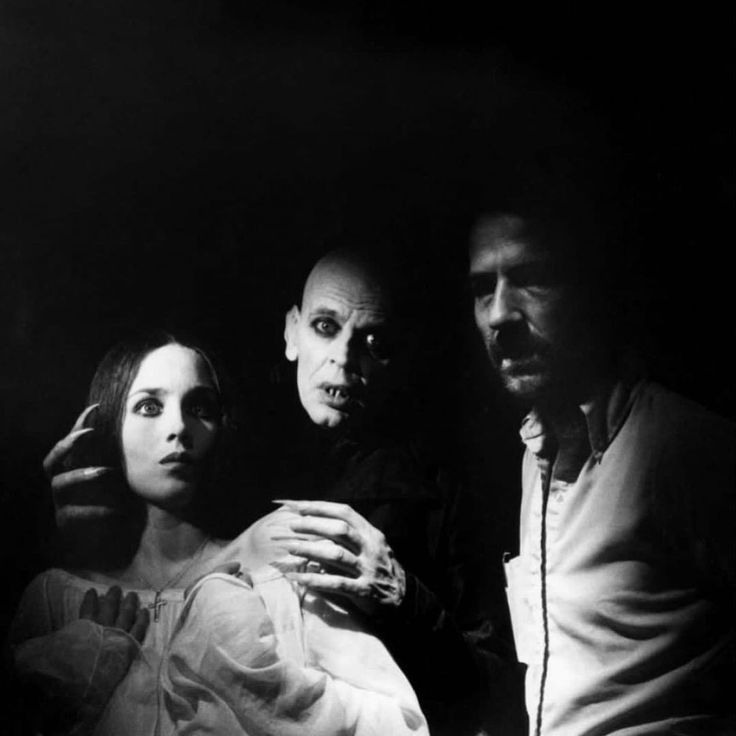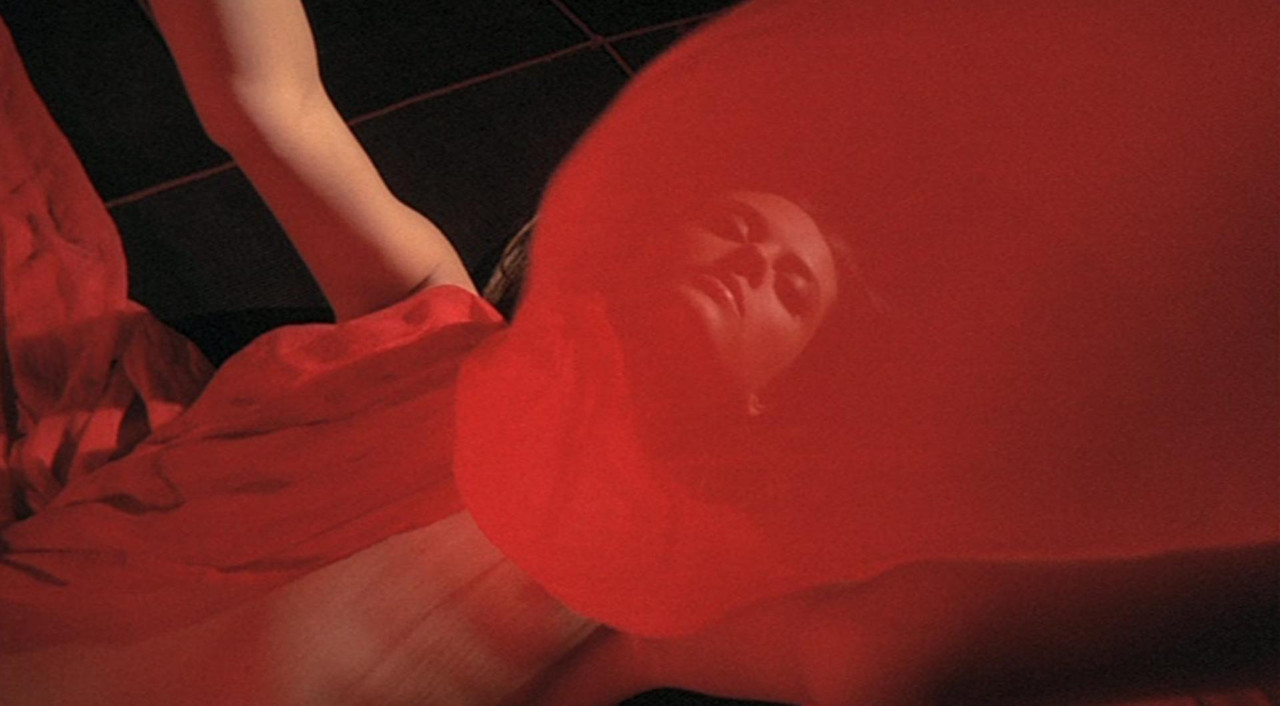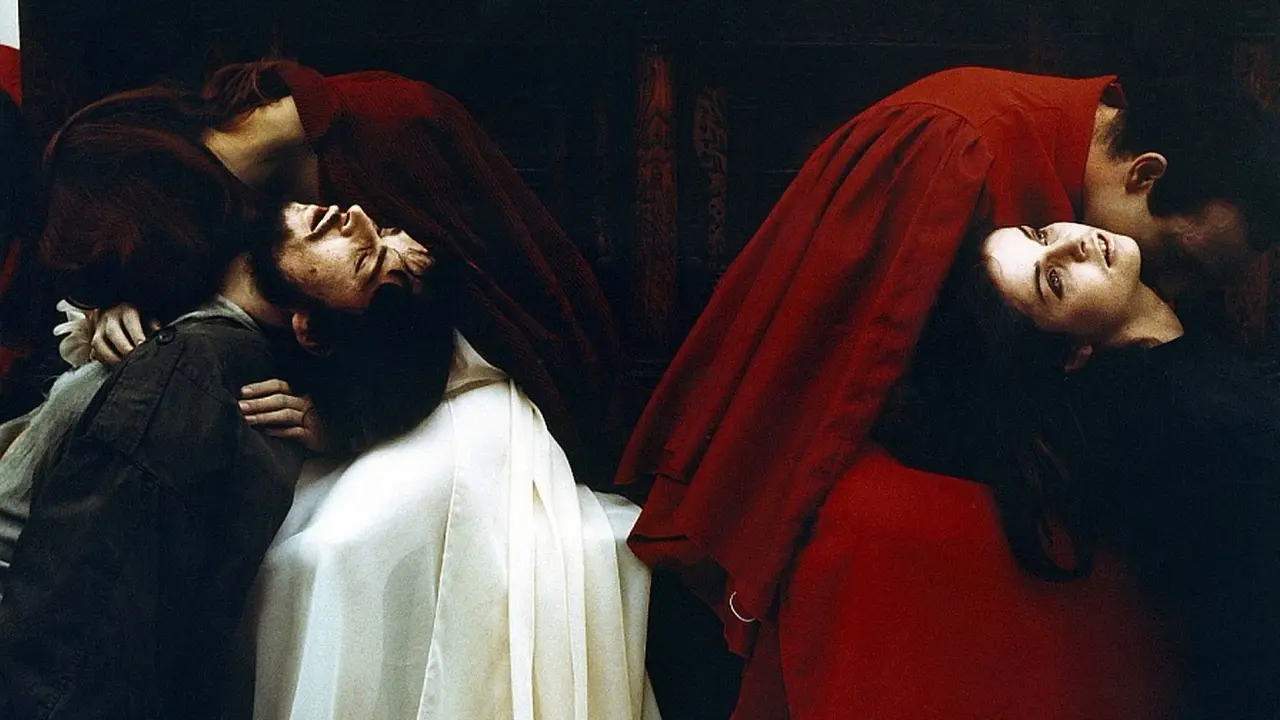“I never thought I could be friends with a German again. But here I am… Werner is somehow like Murnau brought back to life.” Nosferatu: Phantom der Nacht [Nosferatu the Vampyre] (Werner Herzog, 1979)
Oct
22
eternal returns

Adjani, Kinski, and Herzog on set. DP: Jörg Schmidt-Reitwein.
[A favourite] horror remake*
– Lotte Eisner visiting the set of Herzog's Nosferatu (via)
Coming back to Murnau's expressionist masterpiece was Herzog's bridge between the films made by the grandfathers of German cinema and his era. Herzog, born in 1942 Munich, noted this void created by that philistine regime and felt that, by picking up the thread cut a quarter of a century earlier, German culture could see a restoration to its (non-nationalistic) greatness. Thus a menagerie of rats and actors was released in a reluctant, bourgeois Dutch town.
But that's a story for another generation to draw upon.
* the Bales 2025 Film Challenge for October is horror-themed as opposed to date-based, and is all about favourites. Expect non-horror and films I believe to be relevant instead.
BramStoker
“You are one of us now. The Queen of the Night will bear you up on her black wings.” Vampyros Lesbos (Jesús Franco, 1971)
Oct
2
Dracula

The Countess (Soledad Miranda, sigh…) in a blood curling striptease (via). DP: Manuel Merino.
A favourite Dracula movie. As my very most favourite Dracula movie has been claimed, I go with its nearest competitor that somehow also features my favourite Jesus*
Linda (Ewa Strömberg) has been summoned by Countess Nadine Carody (Soledad Miranda) to handle a real estate inheritance from a certain Count Dracula. Spellbound, she finds herself on a small island, and helpless in the Countess' embrace.
– Countess Nadine Carody
A film that can easily hold up against Jean Rollins' dreamy vampire erotica, this love letter to Soledad Miranda's brooding torment is a delight to watch and a pinnacle in Jess Franco's filmography. Its influence on neo-Giallo Amer and Dario Argento – particularly his Suspiria – is evident, and that in itself should give you enough clues of how much of an essential chapter Vampyros Lesbos is in adult European filmmaking.
* the Bales 2025 Film Challenge for October is horror-themed as opposed to date-based, and is all about favourites. Expect non-horror and films I believe to be relevant instead.
Jonathan (Hans W. Geissendörfer, 1970)
May
26
World Dracula Day

Siring the mortals. DP: Robby Müller.
A vampire for World Dracula Day
This deeply political, unpleasant interpretation of Stoker's Dracula can not not be seen against the backdrop of political movements like the #RAF and West-Germany's youth revolting against the failed #Denazification that the country underwent under supervision of the Allied occupying forces.
Note the usage of colour and grouping of people; Klaus Mann's Mephisto (1981) borrowed quite a few visuals from Jonathan.
“cut”Cuadecuc, vampir (Pere Portabella, 1971)
May
26
World Dracula Day

Lucy (Soledad Miranda) in bloody embrace with Dracula (Christopher Lee). DP: Manel Esteban.
A black forest. A man walks through, holding a smoke machine. Then a carriage with a familiar coachman. Dracula! Where are we? No, not 19th century #Transylvania. The film stock reveals bullet holes in ancient walls, and beyond these walls a ladder, maybe scaffolding. A pneumatic drill, more crew members, lights, a clapperboard. Are the characters aware of that? Them seem to interact with the disturbance yet oblige to the interruptions of the movie set. In a state of hypnopompia, guided by kuroko, maybe?
Pere Portabella created a hyper-reality with his Cuadecuc, vampir. A director dismantles the man-behind-the-curtain, Franco, the other #Franco while setting up scaffolding for the next Spain. Everything's a reality, or an illusion, then nothing is.